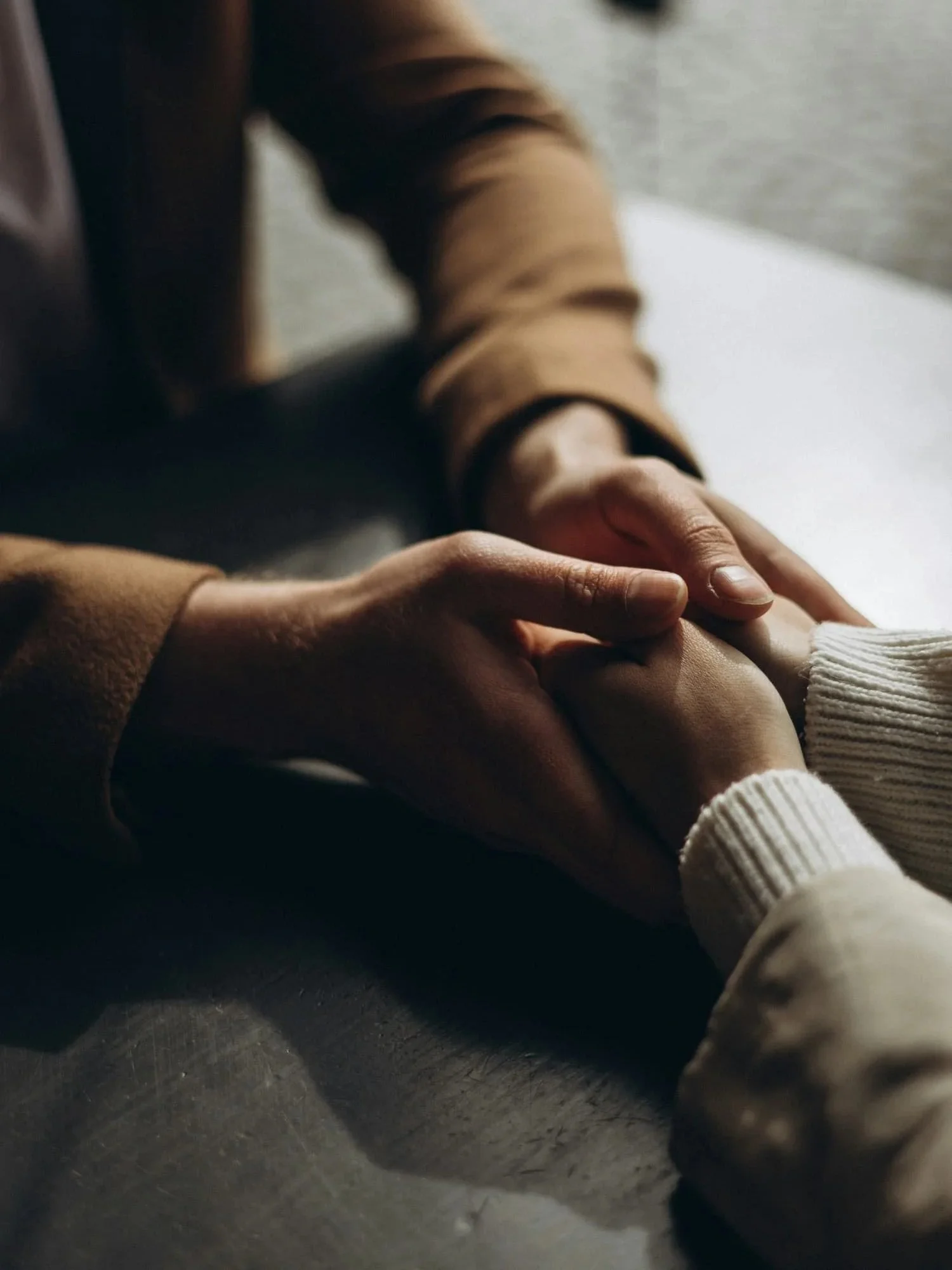Anxiety Disorders I Treat:
Agoraphobia
Agoraphobia develops when panic stops being about the attack itself — and starts being about where it might happen next. Maybe your first panic episode happened in a grocery store, on the freeway, at work, or far from home — and since then, your world has slowly started to shrink. You skip certain places, take “safe routes,” avoid crowds, refuse to go out alone — not because those places are dangerous, but because you fear you wouldn’t be able to escape or get help if panic hit again.
The panic attacks themselves look the same as in Panic Disorder — racing heart, dizziness, shortness of breath, shaking, nausea. But what defines Agoraphobia isn’t just fear of panic — it’s the avoidance of situations where panic would feel especially unbearable, unsafe, or embarrassing. For many, the fear isn’t only “What if I pass out?” but also “What will people think of me if I have a panic attack in front of them?” Panic attacks are not dangerous — but they feel like they are. And even when it’s over, relief quickly turns into dread: “What if it happens again?”
That’s how Agoraphobia spreads — not all at once, but one avoided situation at a time.
Common Symptoms of Agoraphobia
Avoiding places where escape feels difficult — like grocery stores, highways, public transportation, crowds, or waiting rooms.
Needing someone with you to feel safe enough to leave the house.
Physical symptoms such as a racing heart, shortness of breath, chest tightness, nausea, dizziness, or numbness/tingling.
Fear of embarrassment, losing control, having a heart attack, going crazy, or dying during an episode.
Relying on safety behaviors — such as sitting near exits, planning escape routes, closely monitoring your body, or carrying items like water or medication “just in case.”
With the right support
You can learn how to:
Re-enter places you’ve been avoiding — without needing an escape plan.
Ride out uncomfortable sensations without spiraling into panic.
Trust your body again instead of treating every feeling as an emergency.
Reduce your dependence on “safety people” or routines in order to function.
Expand your world back to the size it used to be — or bigger.
Treatment Options for Agoraphobia
The most effective treatment involves gradual exposure to both feared sensations and feared situations, in a safe and structured way. This may include:
Interoceptive Exposure — intentionally bringing on physical sensations so they stop feeling dangerous.
Cognitive Behavioral Therapy (CBT) — identifying catastrophic thinking patterns and learning to question fear-based predictions.
Exposure and Response Prevention (ERP) — facing triggering situations gradually without using avoidance or escape strategies.
Acceptance and Commitment Therapy (ACT) — Learning to move toward what matters — even when anxiety shows up.
If you’re ready to take your life back I can help
I offer treatment that matches where you are — from Weekly Therapy to Extended Sessions and Intensive Programs that include home-based sessions for more severe cases.
The first step is simple: fill out a brief online inquiry form, and we’ll schedule a free phone consultation to talk through what support would be most helpful for you.




